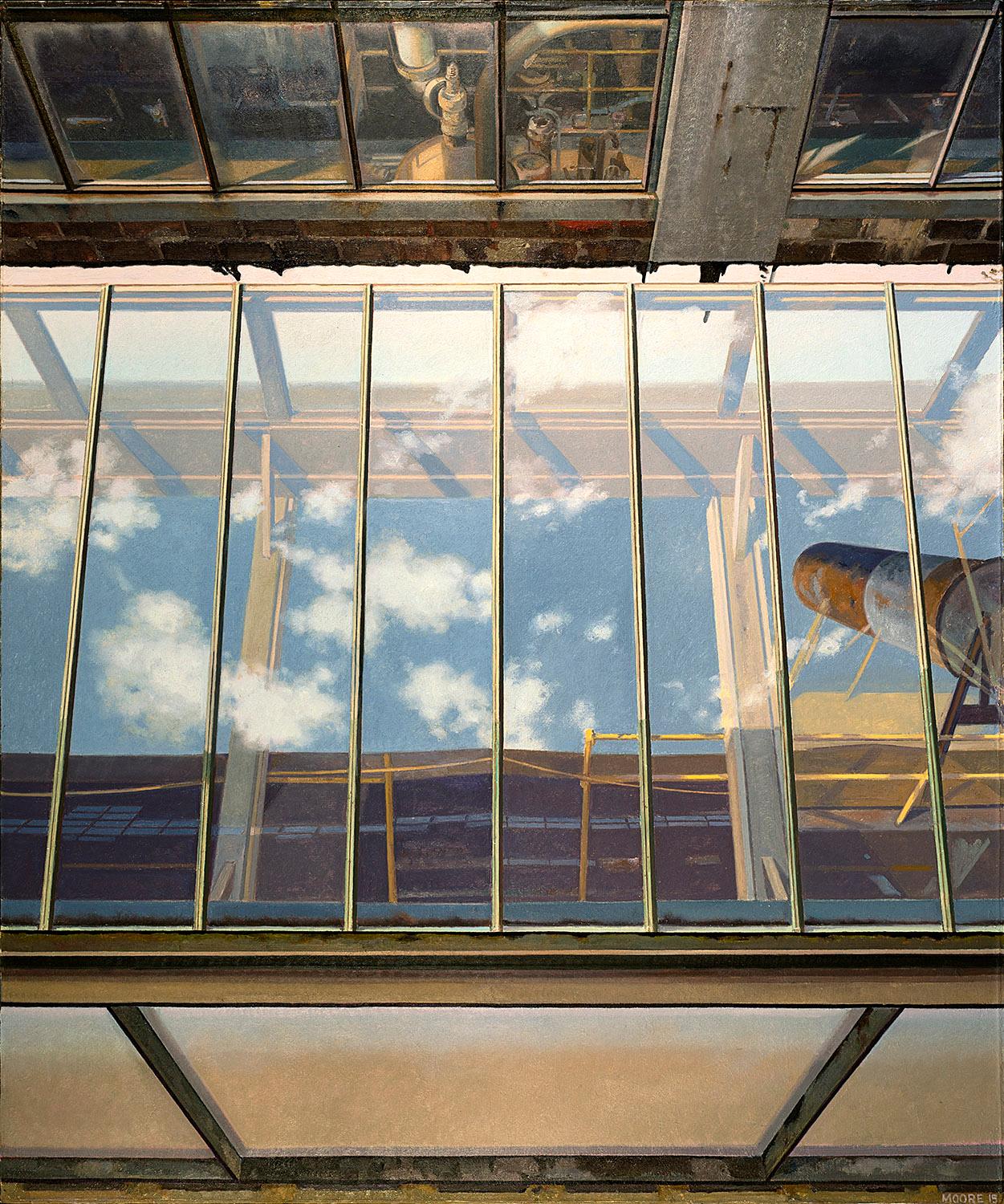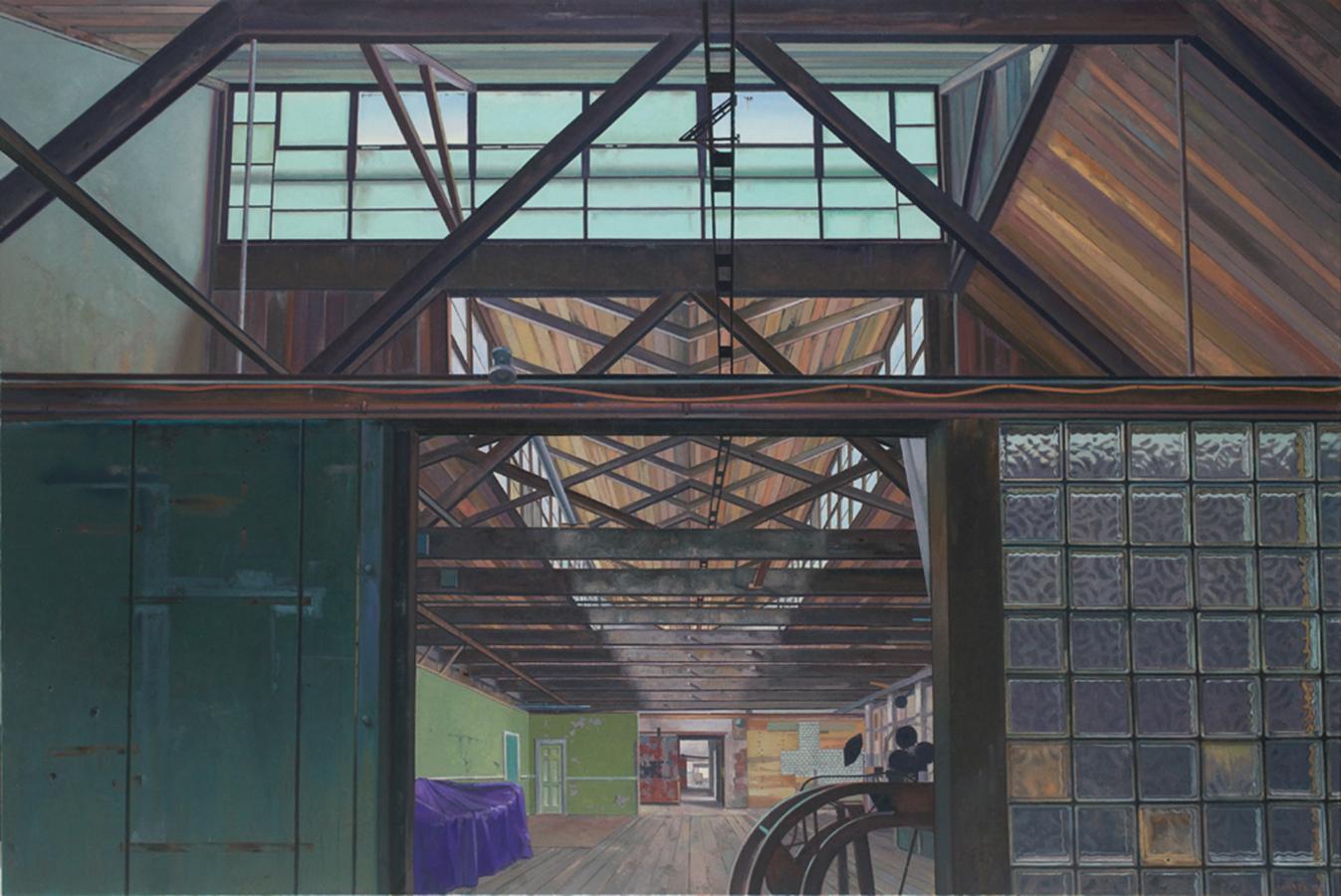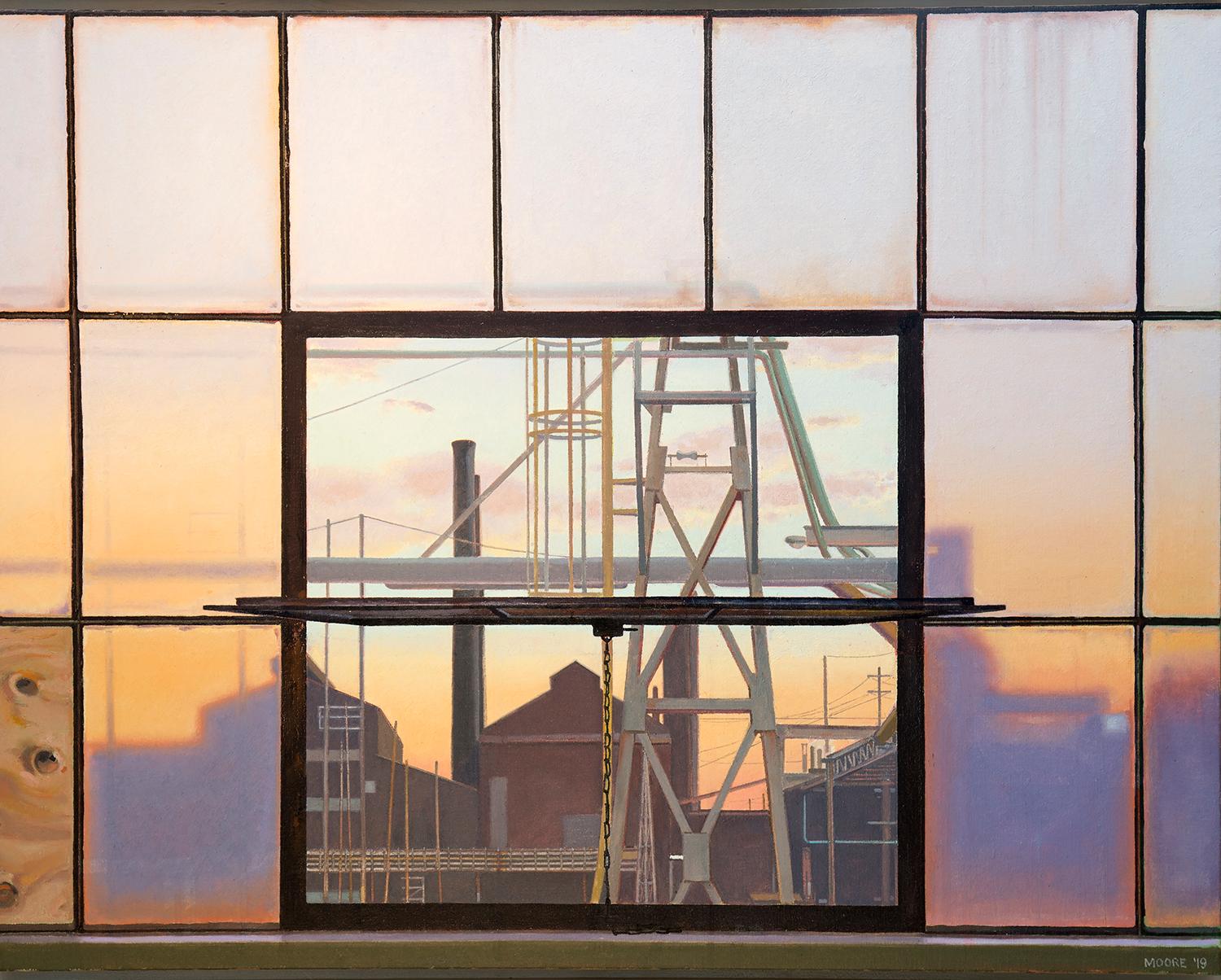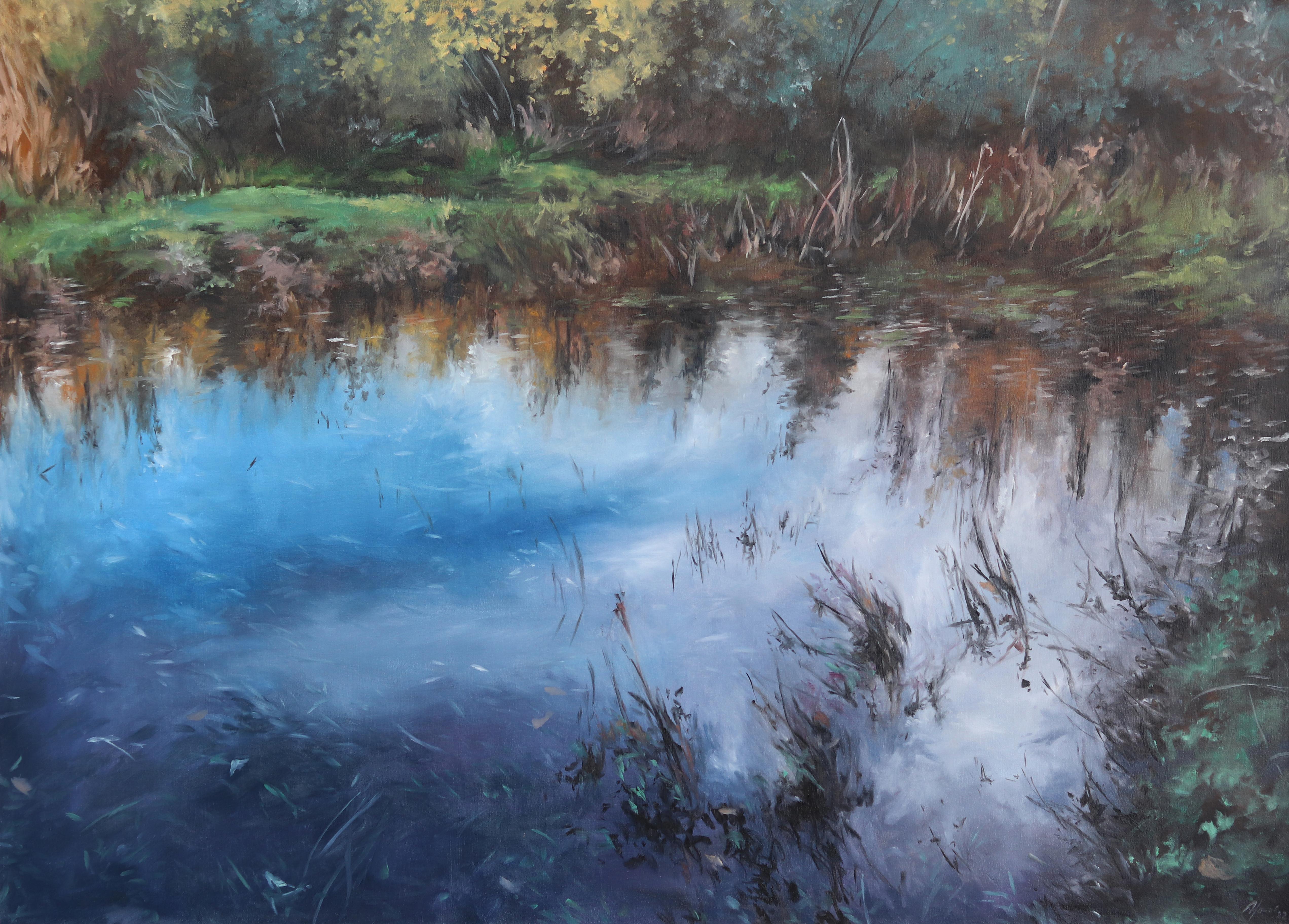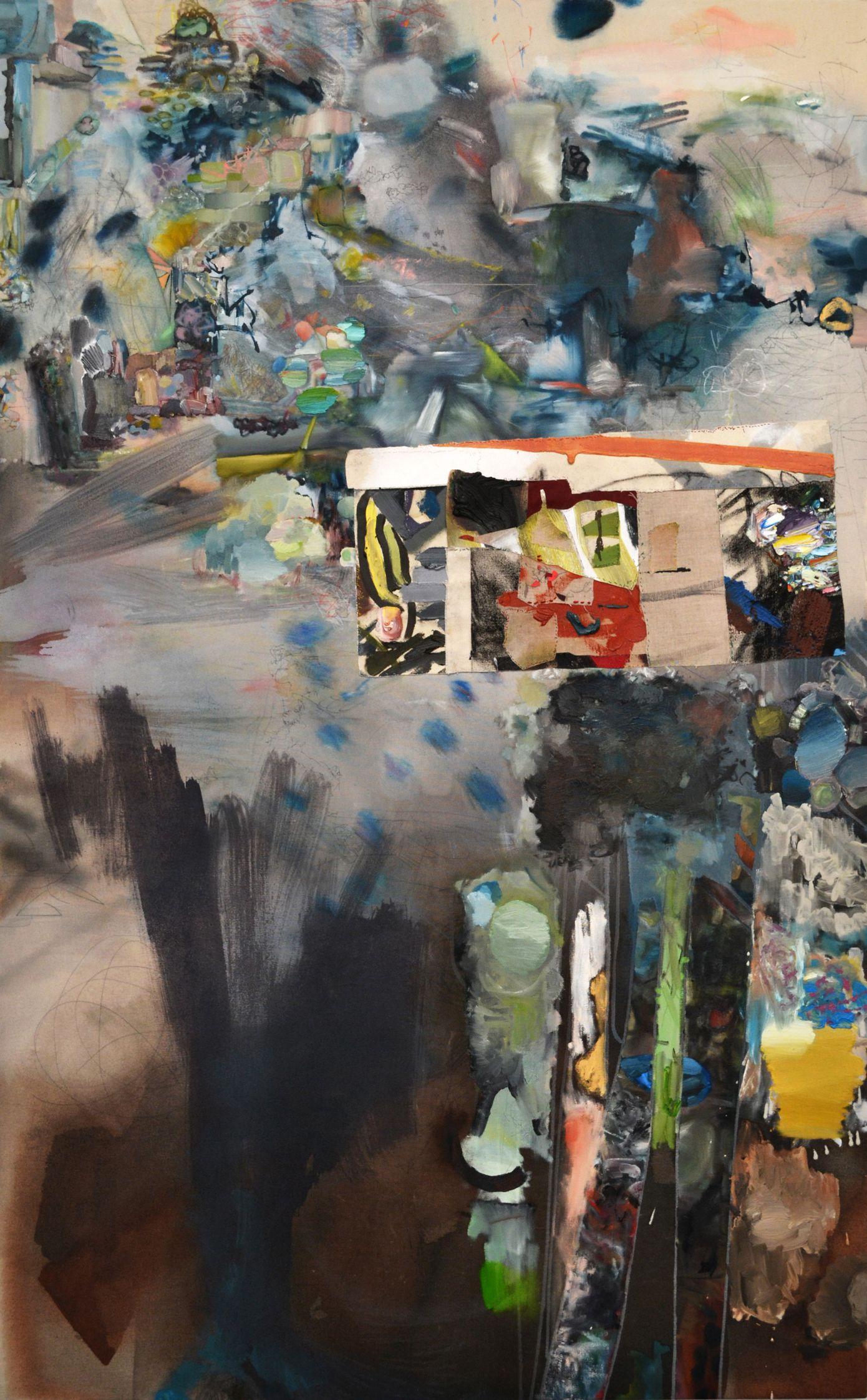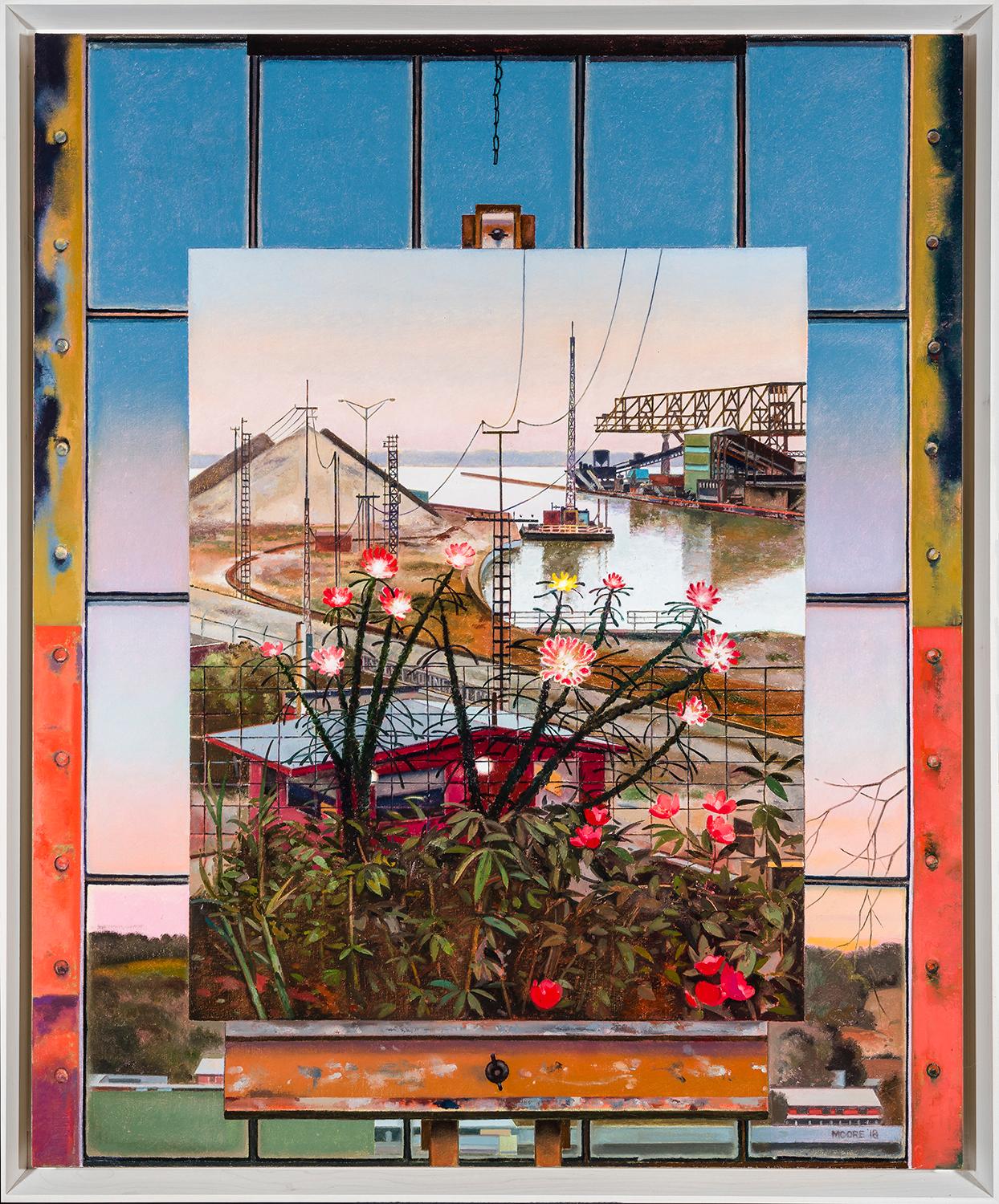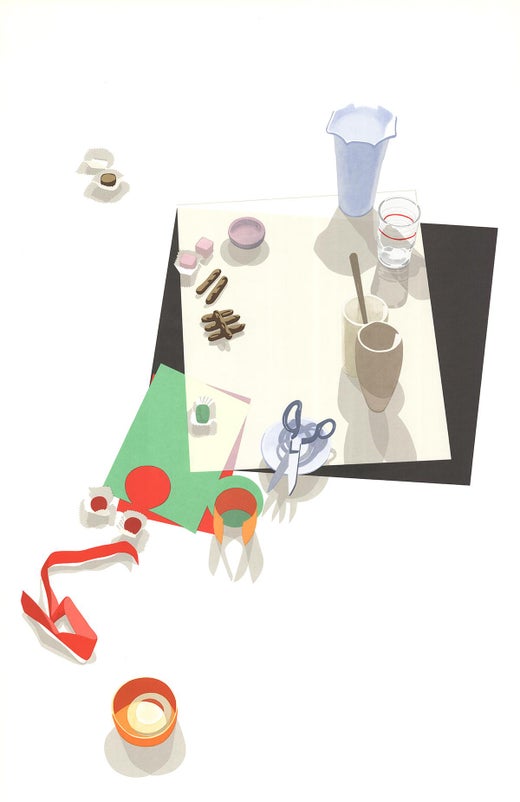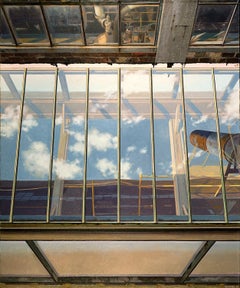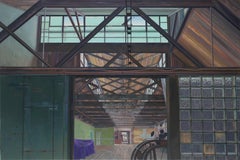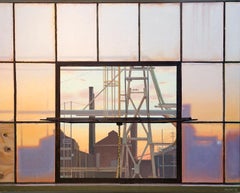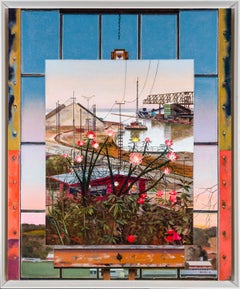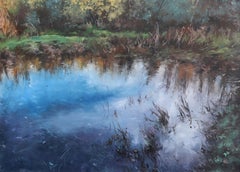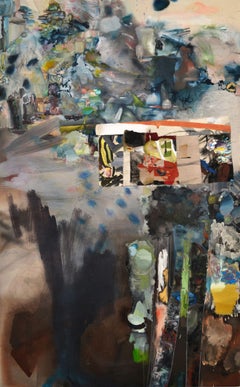Want more images or videos?
Request additional images or videos from the seller
1 of 5
John MooreClearing2013
2013
$115,000
£87,439.06
€100,731.02
CA$163,499.78
A$177,696.13
CHF 93,905.45
MX$2,149,739.62
NOK 1,169,525.57
SEK 1,104,689.64
DKK 752,071.06
About the Item
John Moore was born in St. Louis, MO in 1941. He received a BFA from Washington University in St. Louis (1966) and an MFA from Yale University (1968). Over a career spanning forty years he has been twice-awarded by both the American Academy of Arts and Letters and the National Endowment for the Arts. In 2007, Moore was elected to the National Academy of Design and was given an Honorary Doctorate of Fine Arts by the Lyme Academy College of Fine Arts in 2010. He served as the Chair of the Department of Fine Arts at the University of Pennsylvania from 1999-2009 and has previously taught at Tyler School of Art and Boston University. Moore’s work can be found in public collections nationwide, including The Art Institute of Chicago; The Metropolitan Museum of Art, New York; The Museum of Fine Arts, Boston; Neuberger Museum, Purchase, NY; The Pennsylvania Academy of Fine Art, Philadelphia; The Philadelphia Museum of Art; and The San Francisco Museum of Modern Art, among others. The subject of numerous solo exhibitions both nationally and internationally, the artist has been represented by Hirschl & Adler Modern since 1983. John Moore lives and works in Maine.
- Creator:John Moore (1941, American)
- Creation Year:2013
- Dimensions:Height: 84.25 in (214 cm)Width: 55.25 in (140.34 cm)
- Medium:
- Movement & Style:
- Period:
- Condition:
- Gallery Location:New York, NY
- Reference Number:Seller: M 10095D.0601stDibs: LU235362202
John Moore
John Moore (born 1941) is a celebrated American artist renowned for his vibrant paintings capturing urban landscapes and architectural scenes. His dynamic artwork, influenced by the energy of New York City, showcases bold colors and expressive brushwork. Moore studied at the Art Students League of New York and the School of Visual Arts, honing his craft and earning recognition for his unique style. His paintings have been exhibited in galleries and museums across the United States, including the prestigious Lincoln Center for the Performing Arts in New York City, highlighting his significance in the contemporary art scene. Moore's contributions to visual arts, particularly his representation of city life, have solidified his place as a prominent figure in American art.
About the Seller
5.0
Recognized Seller
These prestigious sellers are industry leaders and represent the highest echelon for item quality and design.
Established in 1952
1stDibs seller since 2010
35 sales on 1stDibs
Typical response time: 16 hours
Associations
Art Dealers Association of America
- ShippingRetrieving quote...Shipping from: New York, NY
- Return Policy
Authenticity Guarantee
In the unlikely event there’s an issue with an item’s authenticity, contact us within 1 year for a full refund. DetailsMoney-Back Guarantee
If your item is not as described, is damaged in transit, or does not arrive, contact us within 7 days for a full refund. Details24-Hour Cancellation
You have a 24-hour grace period in which to reconsider your purchase, with no questions asked.Vetted Professional Sellers
Our world-class sellers must adhere to strict standards for service and quality, maintaining the integrity of our listings.Price-Match Guarantee
If you find that a seller listed the same item for a lower price elsewhere, we’ll match it.Trusted Global Delivery
Our best-in-class carrier network provides specialized shipping options worldwide, including custom delivery.More From This Seller
View AllDistant Voices
By John Moore
Located in New York, NY
John Moore was born in St. Louis, MO in 1941. He received a BFA from Washington University in St. Louis (1966) and an MFA from Yale University (1968). Over a career spanning forty ye...
Category
2010s Contemporary Interior Paintings
Materials
Canvas, Oil
Dye House
By John Moore
Located in New York, NY
Signed and dated (at lower right): MOORE 12
Category
2010s Contemporary Interior Paintings
Materials
Oil
Price Upon Request
Sixth Hour
By John Moore
Located in New York, NY
Signed and dated (at lower right): MOORE '19
Category
2010s Contemporary Paintings
Materials
Canvas, Oil
$40,000
Double Dusk
By John Moore
Located in New York, NY
Signed and dated (at lower right): MOORE '18
Category
2010s Contemporary Landscape Paintings
Materials
Canvas, Oil
$40,000
September
By Randall Exon
Located in New York, NY
Oil on panel
Category
2010s Contemporary Landscape Paintings
Materials
Oil, Panel
$18,000
Untitled
By Randall Exon
Located in New York, NY
Randall Exon (b. 1956) was born in Vermillion, South Dakota. Exon earned his B.F.A. in painting from Washburn University in Topeka, Kansas, and an M.F.A. at the University of Iowa. I...
Category
2010s Contemporary Paintings
Materials
Oil, Board
$10,000
You May Also Like
Solace
Located in Los Angeles, CA
Amber Young's creative focus centers on nature, with a particular emphasis on the intricate beauty of forests, flowers, and water reflections.Young's artistic journey is deeply roote...
Category
2010s Contemporary Landscape Paintings
Materials
Canvas, Oil
$3,150
Abridged, Painting, Oil on Canvas
By John Dowling
Located in Yardley, PA
oil, pencil, ink, charcoal, pastel, thread on canvas
Painting :: Contemporary :: This piece comes with an official certificate of authenticity signed by the artist :: Ready to Hang...
Category
2010s Contemporary Paintings
Materials
Oil
Breathe Slowly/13
Located in Zofingen, AG
In Breathe Slowly/13, Helen Mount captures a moment of tranquility in a remote landscape where the sky and earth merge into a quiet harmony. The soft, warm tones of the earth contras...
Category
2010s Contemporary Landscape Paintings
Materials
Acrylic
$415 Sale Price
30% Off
Breathe Slowly/4
Located in Zofingen, AG
Breathe Slowly/4 by Helen Mount is an expressive reflection of the tranquility and vastness of nature, which encourages us to slow down and appreciate the beauty of our surroundings. The painting depicts a majestic landscape...
Category
2010s Contemporary Landscape Paintings
Materials
Acrylic
$950 Sale Price
20% Off
Eur 011, Painting, Oil on Canvas
By Laura Federici
Located in Yardley, PA
This painting is part of a series of new works about the city of Rome :: Painting :: Expressionism :: This piece comes with an official certificate of authenticity signed by the ...
Category
2010s Paintings
Materials
Oil
Threshold
Located in Gloucester, MA
Peter Lyons’s technique approaches photographic realism, but the precision in his paintings is an attempt to communicate a state of awareness, rather than ...
Category
2010s Contemporary Landscape Paintings
Materials
Canvas, Oil
$33,000
Read More
With Works Like ‘Yours Truly,’ Arthur Dove Pioneered Abstract Art in America
New York gallery Hirschl & Adler is exhibiting the bold composition by Dove — who’s hailed as the first American abstract painter — at this year’s Winter Show.
Remarkably, Elizabeth Turk’s Sculptures Highlight the Lost Voices of Extinct Birds
In one of the first live and in-person exhibitions at a Manhattan gallery since last spring, the California-based sculptor gives the lost voices of endangered and extinct birds and animals a magnificent embodied form.
More Ways To Browse
Vintage Abstract Posters
Vintage Diner
Tiger Print
Art Deco Lithograph
Vintage Dance Photography
Siecle Paris
Children Book
Lithographic Poster
English Etching
White Contemporary Sculpture
Architecture Vintage Photography
Framed Signed Lithograph
Lithograph 1910
Body Sculpture
Butterfly Prints and Artwork
Camera Work
Diving Vintage
Old Retro Black And White Photos
